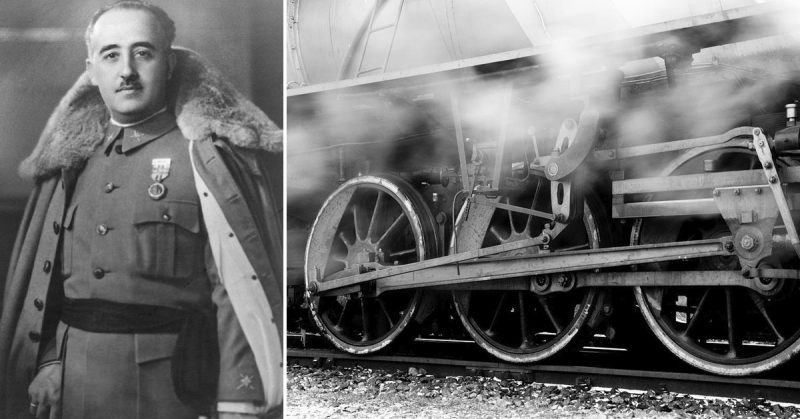Spanish dictator General Francisco Franco met with Adolph Hitler on October 23, 1940, at the Hendaye train station in western France to discuss a potential alliance. Franco offered Spain’s support if Hitler could give control of Gibraltar, Oran, Morocco, Guinea, and the French county of Roussillon to Spain.
Hitler wanted Spain to provide access to Spanish bases in Morocco and the Canaries, a request Franco adamantly disagreed with.
The meeting was held in German, and Hitler never entered Franco’s train. Franco was reticent to get involved in World War II due to the economic issues Spain was facing. Although Franco admired Italian and Nazi fascism and identified with its political objectives, it was not in Spain’s interest to enter the war.
Franco later shared with his family that he was fearful Hitler would attempt to kidnap or murder him during the Hendaye meeting and secretly made plans for a succession in case he did not return. He nominated a general and two others to take control of Spain in case Franco was kidnapped by Hitler.
In her book, Franco, My Father, Franco’s daughter tells how the meeting was cordial, but Franco felt there wasn’t a good atmosphere, and had enjoyed Benito Mussolini and Winston Churchill’s company far more.
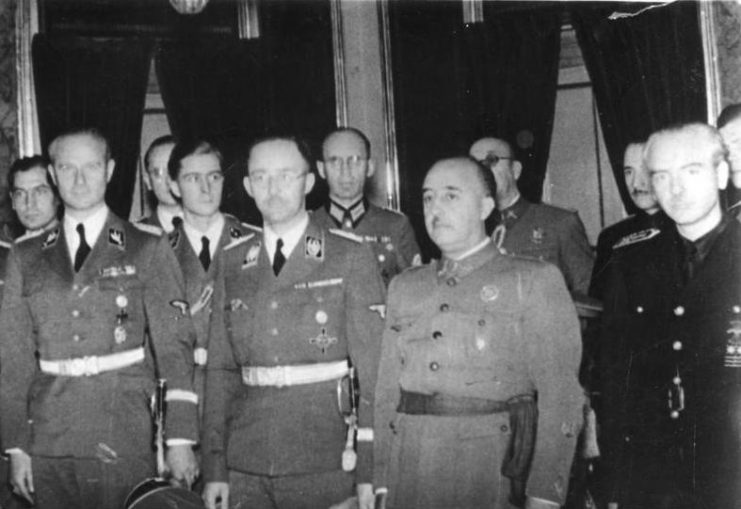
Ultimately, the parties could not come to agreeable terms, and Spain never joined the Axis powers. The meeting at Hendaye was the only time Franco and Hitler met.
Franco arrived at the meeting on his carriage train after an eight-minute delay caused by a power outage, and famously nearly fell off the train when he waved goodbye to Hitler out the door when departing.
Hitler was enraged with Franco’s refusal to join the Axis powers, and Spain never formally participated in World War II. Like Switzerland, Spain refused to align with either the Axis powers or Allies and instead chose neutrality.
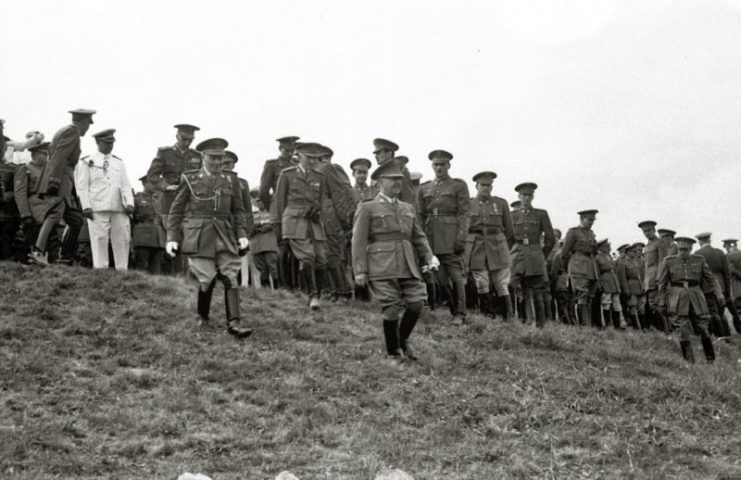
The train Franco rode to the Hendaye meeting now sits in an old train station in the Soria province in Spain. 77 years after the historical meeting, the train sits neglected, forgotten, and in need of restoration.
It has since lost its luster, character, and charm. The formerly majestic train is boarded up, no longer has power, and is devoid of furniture. Although promises to restore the train have been made over the past three decades, all such promises have been broken
The train was built in 1929 and was frequently used by King Alfonso XIII for state affairs and leisure travel. It included three bedrooms, a kitchen, one bathroom, and a meeting room. The King’s bed was also heated, and the train had the most luxurious amenities available.
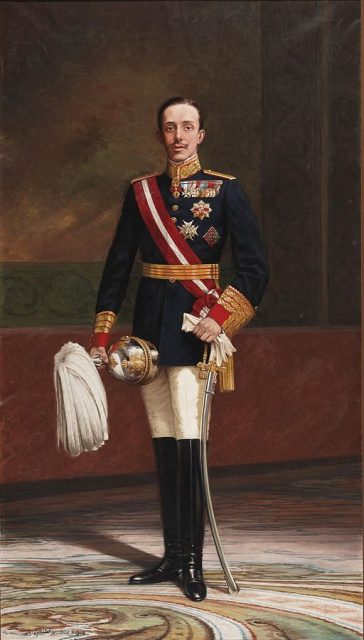
In 1975, Spain officially retired the train and sold it to an antique dealer for 1 million pesetas (€6,000). The new owner used it as a meeting location for hunters on his personal ranch. Shortly after, the Spanish government repurchased the train for 375,000 pesetas (the scrap value) in 1984. Plans commenced to restore the train and ultimately display it in the Rail Museum in Madrid.
Although restoration began, funding soon evaporated, and the train was stored outside, exposed to the elements. Restoration work eventually restarted, but once again, financial constraints prevented the project from being finished. No work has been done since 2007.
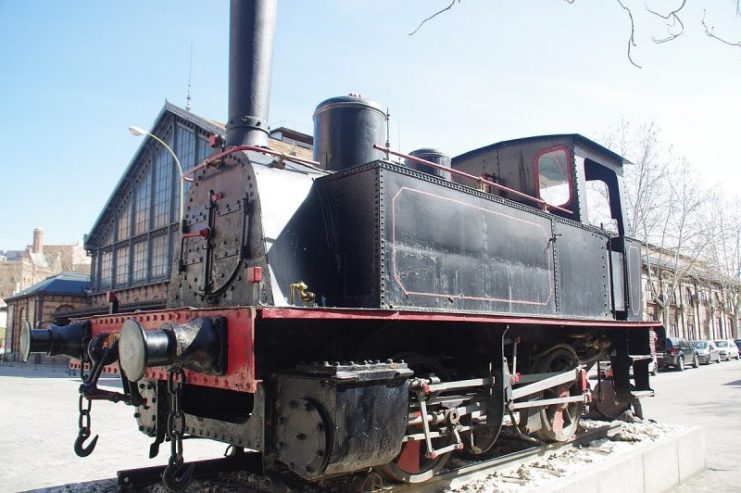
The current owner of the train is the Spanish Railways Foundation, which acquired the famous carriages in 1997: “The Railways Spanish Foundation is entrusted with the recovery, custody, generation and dissemination of the cultural, scientific and technological railway heritage, with the willingness to collaborate with the rail sector.”
The Spanish Railways Foundation oversees the Railways Museum of Madrid and aims to complete restoration when funding becomes available. The organization is funded through donations and grants and is disappointed with the lack of resources to complete the work on the train.
Despite the low cost of doing the work, the group has not received enough funding to complete the project. The goal is to fully restore the train, but there are no plans on the horizon to do so meaning Franco’s old train will continue to sit untouched and forgotten.
